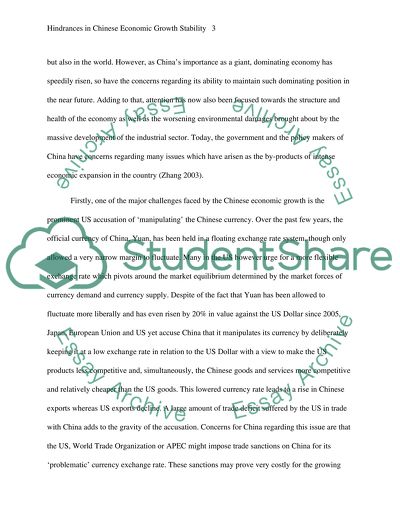Cite this document
(“China's top economic challenges to maintain as one of the fastest Essay”, n.d.)
China's top economic challenges to maintain as one of the fastest Essay. Retrieved from https://studentshare.org/macro-microeconomics/1460449-china-s-top-economic-challenges-to-maintain-as-one
China's top economic challenges to maintain as one of the fastest Essay. Retrieved from https://studentshare.org/macro-microeconomics/1460449-china-s-top-economic-challenges-to-maintain-as-one
(China'S Top Economic Challenges to Maintain As One of the Fastest Essay)
China'S Top Economic Challenges to Maintain As One of the Fastest Essay. https://studentshare.org/macro-microeconomics/1460449-china-s-top-economic-challenges-to-maintain-as-one.
China'S Top Economic Challenges to Maintain As One of the Fastest Essay. https://studentshare.org/macro-microeconomics/1460449-china-s-top-economic-challenges-to-maintain-as-one.
“China'S Top Economic Challenges to Maintain As One of the Fastest Essay”, n.d. https://studentshare.org/macro-microeconomics/1460449-china-s-top-economic-challenges-to-maintain-as-one.


